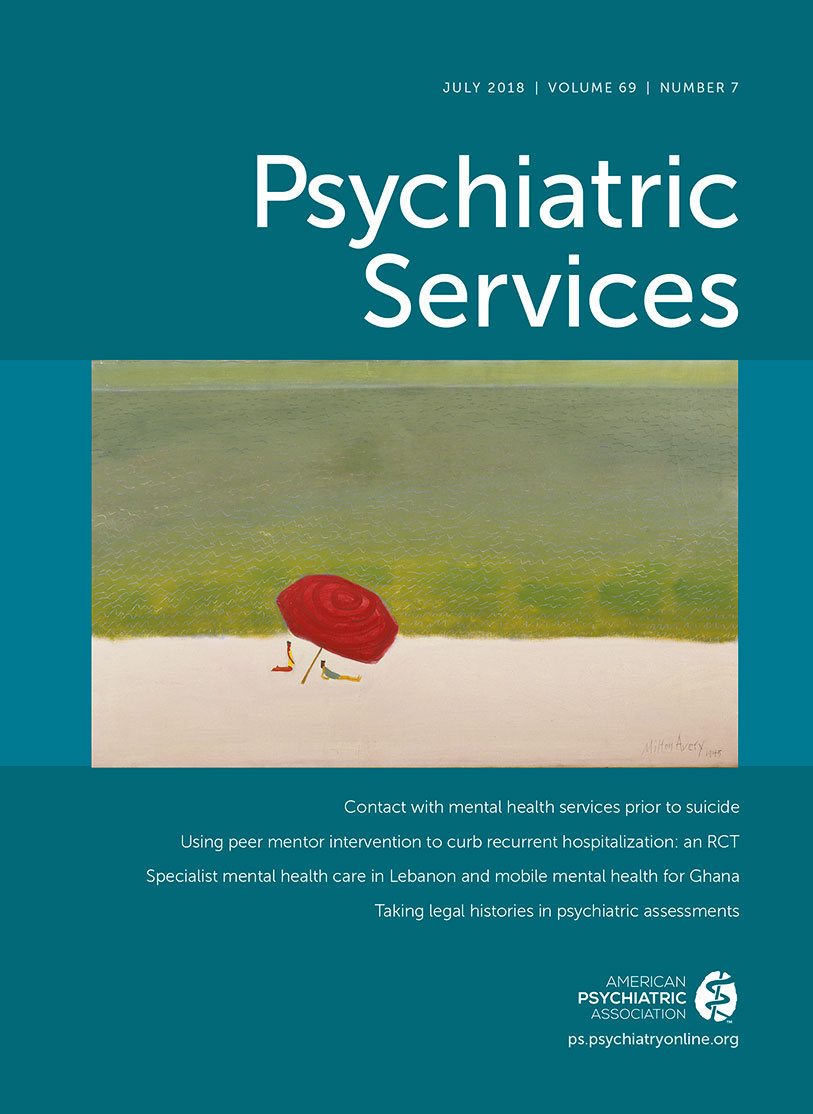TO THE EDITOR: Recently, three years out of psychiatry residency, I lost my first patient to suicide. He was habitually overextended, maneuvering an out-of-town job, a disintegrating marriage, and a severe depression exacerbated by excessive alcohol use. His horizon was contracting. Alert to his precarious stance, he sold his guns, tempered his drinking, and agreed to therapy. But shortly afterward, he bought another gun, and in the tempest of a domestic dispute fueled by whiskey, he fled police, doubtless panicked, and shot himself in the head.
I was shaken but also knew I had provided good care. I phoned his distraught widow, who offered this: “He liked you. He would talk about how you helped him. Thank you.” That meant everything, but of course it could not bring him back, nor did it stave off the inevitable self-scrutiny that follows a bad outcome. And while I received only comfort from my colleagues, I work for the U.S. Department of Veterans Affairs (VA). This isn’t supposed to happen at the VA.
Bringing veteran suicide to zero is now among the VA’s top clinical priorities. David Shulkin, M.D., the former VA Secretary, publicly asserted, “The issue of veteran suicide is our number one clinical priority . . ., and it’s really the only clinical priority that I talk about as our major focus. . . . I can’t commit that I know exactly everything that’s going to work, but I can commit that we’re going to do everything possible to try to get that number down to zero” (
1). The VA wants a zero, a golden goose egg, in the suicide column.
Those of us who work with veterans know just how daunting a task this is. Veterans disproportionately die by suicide in the United States, and they do so in the context of an increase in the general suicide rate (
2). The most recent publicly available data show that on average, 20 veterans per day die by suicide (about a third of whom use VA services) (
3).
Saying we are pursuing zero suicide creates an uneasy expectation, particularly for a nation clamoring for favorable news from the VA. But is it even reasonable to talk like this? While asserting that the pursuit of zero suicide is a worthy aspirational goal, the Group for the Advancement of Psychiatry’s Committee on Psychopathology (
4) also pointed out that, “Given the present state of our science and community practices, most would agree that zero [suicide] is not yet obtainable.” And, importantly, they highlight that an overzealous push for zero can have unintended consequences, namely augmenting the guilt of survivors and potentially compromising postvention work. Respecting the essential autonomy of our patients while affirming life when they want it to end is complicated. The will to live cannot be forced, even by government mandate.
The catastrophic impact of suicide on survivors demands that we exercise appropriate evidence-based caution and ensure that we are not simply shouting slogans. The evidence that we can achieve zero suicide in the veteran population unfortunately does not yet exist, particularly when two-thirds of veterans who die by suicide are choosing to stay out of VA’s clinical reach. This shouldn’t stop us, however, from reaching for the golden goose egg (zero suicide) and doing everything we can to affirm life, so long as in our efforts we become more united and more compassionate and look to the evidence to inform our approach.

